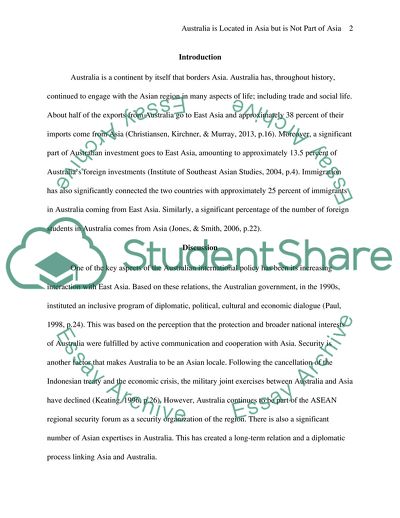Cite this document
(The Unknown Nation: Australia After Empire Literature review Example | Topics and Well Written Essays - 1750 words, n.d.)
The Unknown Nation: Australia After Empire Literature review Example | Topics and Well Written Essays - 1750 words. https://studentshare.org/history/1856459-australia-is-located-in-asia-but-has-never-been-part-of-asia-critically-assess-the-validity-of-this-statement-in-relation-to-australia-since-the-1970s
The Unknown Nation: Australia After Empire Literature review Example | Topics and Well Written Essays - 1750 words. https://studentshare.org/history/1856459-australia-is-located-in-asia-but-has-never-been-part-of-asia-critically-assess-the-validity-of-this-statement-in-relation-to-australia-since-the-1970s
(The Unknown Nation: Australia After Empire Literature Review Example | Topics and Well Written Essays - 1750 Words)
The Unknown Nation: Australia After Empire Literature Review Example | Topics and Well Written Essays - 1750 Words. https://studentshare.org/history/1856459-australia-is-located-in-asia-but-has-never-been-part-of-asia-critically-assess-the-validity-of-this-statement-in-relation-to-australia-since-the-1970s.
The Unknown Nation: Australia After Empire Literature Review Example | Topics and Well Written Essays - 1750 Words. https://studentshare.org/history/1856459-australia-is-located-in-asia-but-has-never-been-part-of-asia-critically-assess-the-validity-of-this-statement-in-relation-to-australia-since-the-1970s.
“The Unknown Nation: Australia After Empire Literature Review Example | Topics and Well Written Essays - 1750 Words”. https://studentshare.org/history/1856459-australia-is-located-in-asia-but-has-never-been-part-of-asia-critically-assess-the-validity-of-this-statement-in-relation-to-australia-since-the-1970s.


